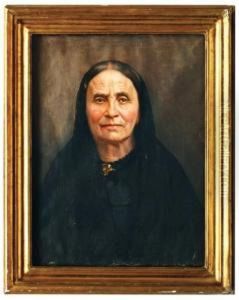Jose Obregon Paintings
José María Velasco Obregón, known as José Obregón, was a distinguished 19th-century Mexican painter, considered one of the country's most important artists from that era. Born on September 20, 1832, in Guadalajara, Jalisco, Mexico, Obregón moved to Mexico City with his family at a young age. His artistic talent became evident early on, and he pursued his passion for art by enrolling in the renowned 'Academia de San Carlos' in 1848, where he studied under Italian painter Pelegrí Clavé, a key figure in Mexican art who influenced Obregón's classical style.
Obregón's work is characterized by his adherence to the academic style of painting, and he is best known for his historical and religious works. He played a significant role in the art scene of his time, contributing to the development of a national identity through his depictions of Mexican historical events and figures. One of his most famous paintings is 'The Discovery of Pulque,' which portrays the mythical origin of the fermented beverage pulque, integral to Mexican culture.
During his lifetime, Obregón received various awards and recognitions for his contributions to Mexican art. He was appointed as a professor at the 'Academia de San Carlos' and later became the director of the academy. His influence extended beyond the borders of Mexico, with his works being exhibited internationally in places such as Paris.
José Obregón's legacy is marked by his commitment to depicting Mexican history and his mastery of the academic style of painting. He passed away on May 12, 1902, in Mexico City, but his works continue to be celebrated and studied for their artistic and historical significance. They are housed in various collections, including the National Museum of Art in Mexico City, preserving his memory and impact on the arts in Mexico.
